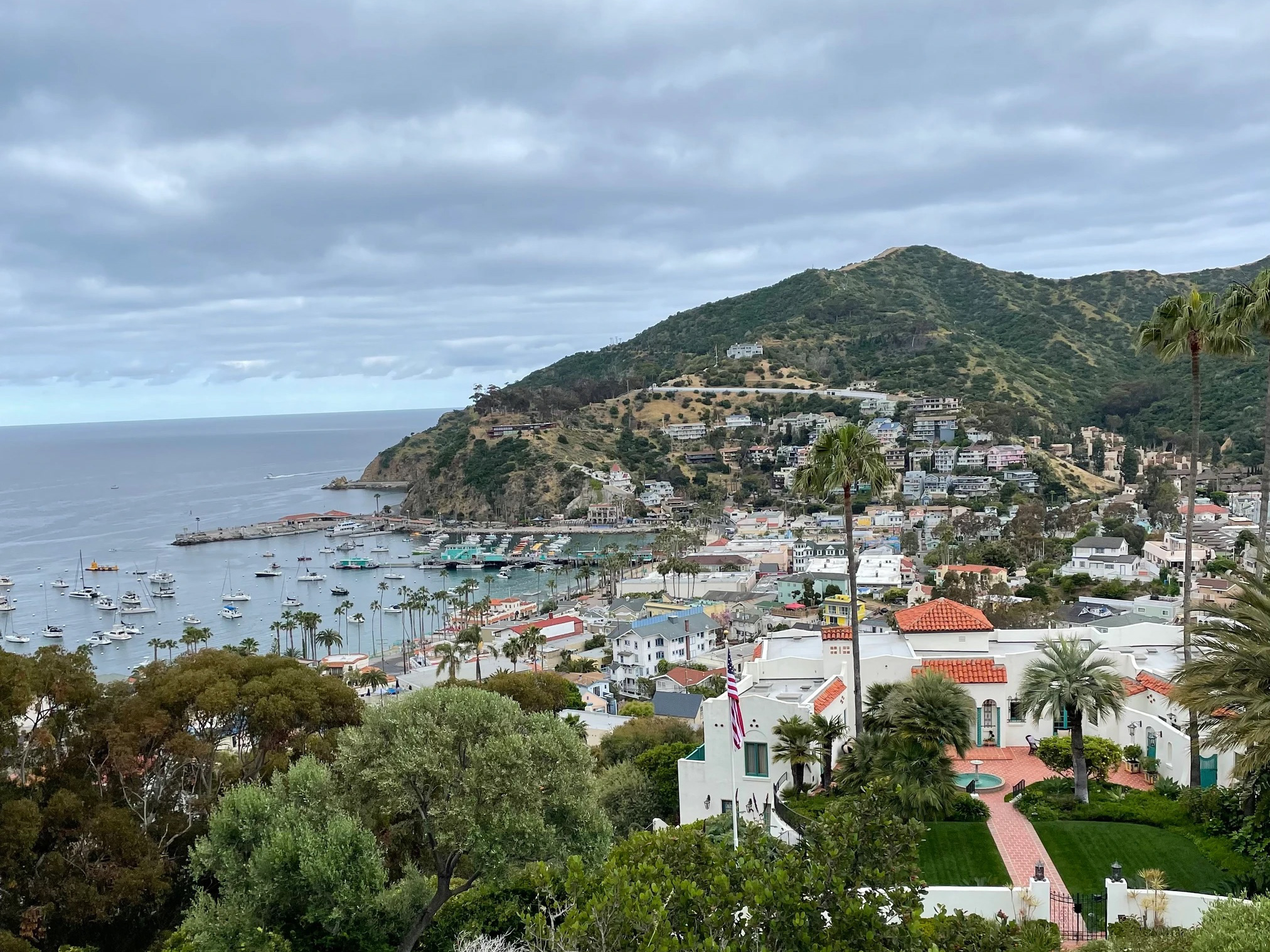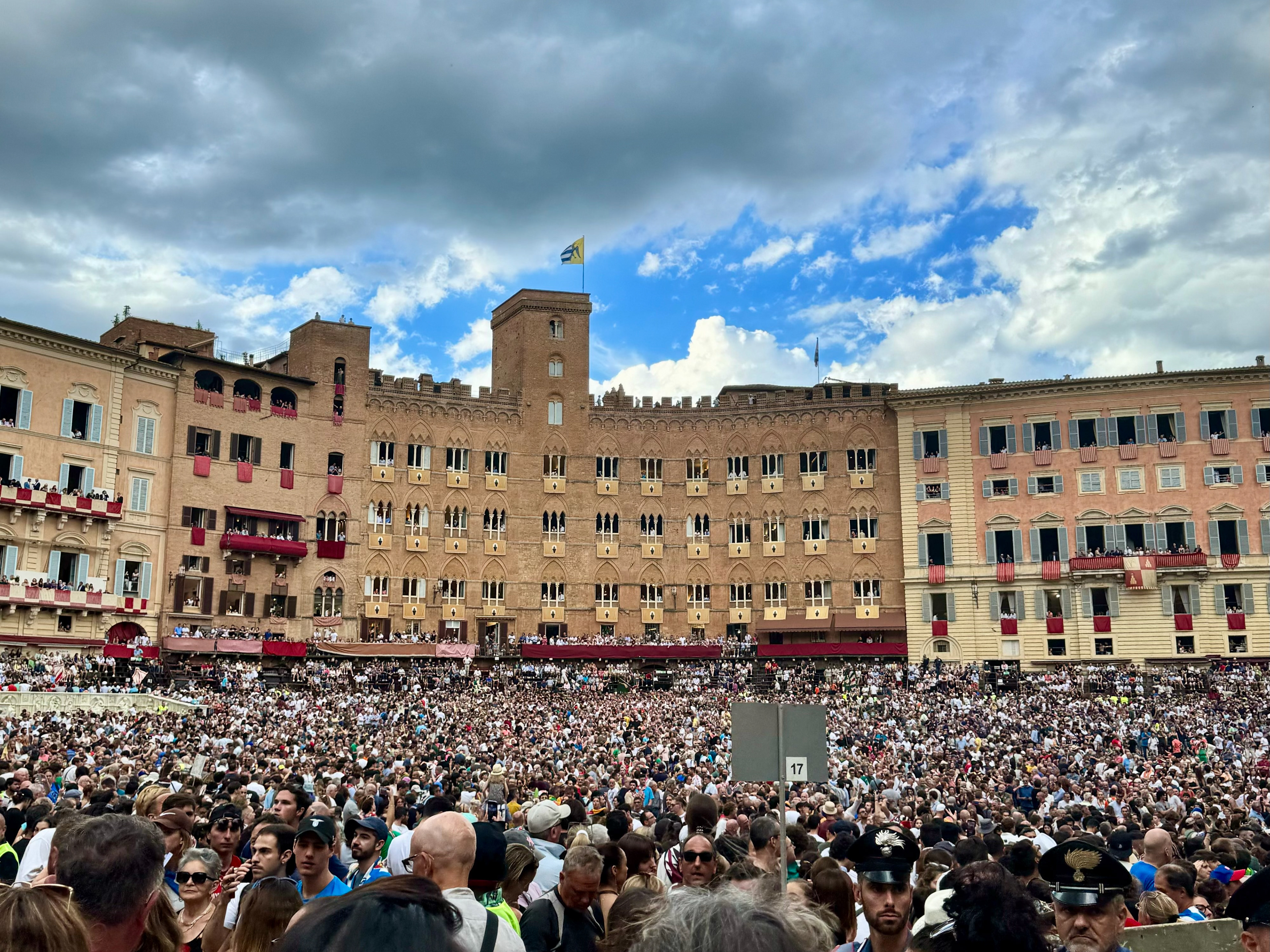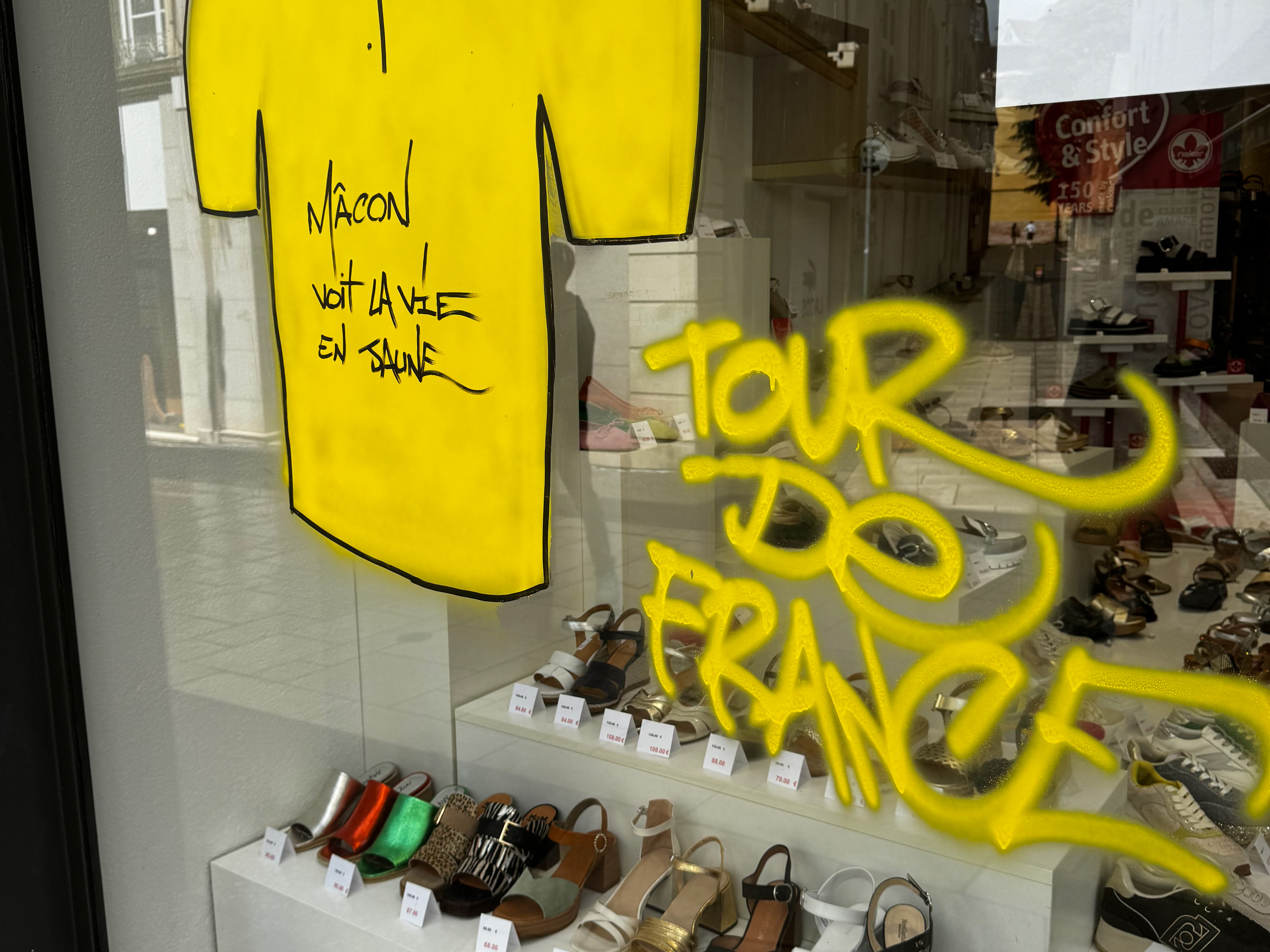An experience like the Olympics is unlike any other, as it brings together a diverse array of sports in one place. In contrast, mega-events like the FIFA World Cup focus solely on soccer, attracting primarily soccer fans. The Olympics, however, draw visitors from all over the world with varying interests in multiple sports, creating a uniquely dynamic and fascinating environment.
The demand for the Olympics is another important aspect to consider in sports economics. Just as individual matches in the World Cup generate different levels of excitement, Olympic events vary in popularity. Certain sports experience higher demand than others, depending on factors such as historical significance, star athletes, and regional preferences. Additionally, each country has a comparative advantage in specific sports—France, for example, is known for its dominance in fencing.
A common assumption is that hosting the Olympics positively impacts the local economy due to an influx of visitors and increased spending. However, the reality is more complex. Are we truly witnessing an economic boost, or is there a displacement effect? This is a crucial question, as the surge in visitors may deter regular tourists who might avoid the city due to overcrowding and soaring hotel and restaurant prices.
In the long run, the Olympics can also be a financial burden for host cities, particularly when expensive stadiums and infrastructure projects are left underutilized after the event. However, cities with existing infrastructure, like Los Angeles, can mitigate these costs by repurposing their venues. In fact, Los Angeles became the first city to turn a profit from hosting the Olympics in 1984.
Should cities weigh the potential gains and losses before committing to hosting the Olympics? The answer is uncertain, as outcomes vary. For instance, Barcelona, which hosted the 1992 Olympics, experienced a long-term boost in tourism. While this was not a direct economic impact from the event itself, the increased global exposure contributed to sustained tourism growth in the years that followed.









